Vegan substitute products can expand the plant-based kitchen and facilitate the switch to a vegan diet. With these recipes you can make soy milk, tofu, vegan cheese and more yourself.
The range of vegan substitute products is getting bigger and bigger – from classics such as plant-based milk alternatives and vegan cream to schnitzels that do not contain any meat or other animal products. Some of these substitutes have become so popular that they’ve found their way into vegetarian and flexitarian kitchens.
The vegan substitute products are no longer only available in health food stores and health food stores, but also in all supermarkets. You can also make the plant-based alternatives yourself at home: in many cases you only need a few ingredients. We will introduce you to various recipes for vegan substitute products.
Vegan substitute products: it’s worth making your own
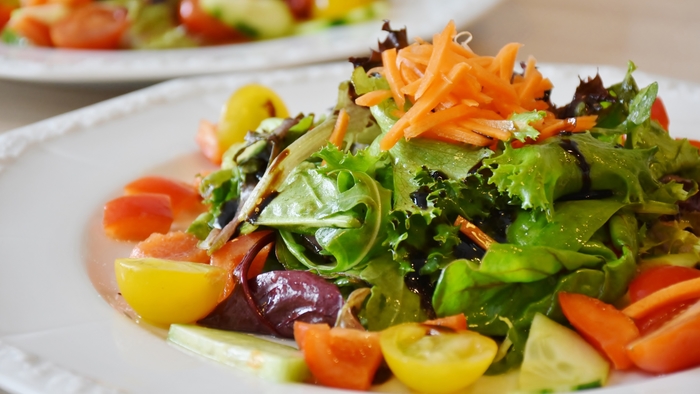
Many people find vegan cuisine to be more creative and varied than conventional cuisine with milk, cheese and meat. The reason for this is, among other things, the large variety of vegan substitute products, thanks to which you do not have to do without your usual dishes. For example, you can replace cow’s milk with one of the many plant-based alternatives, such as soy, oat or almond milk. There are also good alternatives for yoghurt, cheese and various meat products.
Above all, the plant-based substitutes make it much easier to switch to a vegan diet. So you don’t have to do without the usual dishes such as pizza, gratinated casserole or rice pudding.
Most people buy pre-packaged vegan substitutes at the store. You can often make the plant-based alternatives yourself with little effort. This has several advantages:
Costs: Doing it yourself is usually much cheaper than buying it. A liter of homemade organic oat milk only costs around 20 to 30 cents. You pay at least 90 cents for it in a shop, which is easily three to four times as much.
Ingredients: Purchased vegan substitute products sometimes contain additives such as emulsifiers, preservatives or flavorings. By making the vegan foods yourself, you have full control over the ingredients.
Health: The “Albert Schweitzer Foundation for our environment” examined 250 meat alternatives in a study. Compared to animal products, these fared significantly better in terms of health and the environment. Nevertheless, the researchers criticized the mostly excessive salt content and unfavorable fatty acid profiles of the products. You can make homemade substitute products healthier – for example with less salt and linseed oil or rapeseed oil instead of sunflower oil.
Less waste: By making vegan substitute products yourself, you create less waste. You can buy the basic ingredients such as soybeans, oatmeal or walnuts in larger quantities and don’t have to buy new packaging every time. This means that homemade substitute products are also more environmentally friendly.
Make vegan milk substitutes yourself

Milk is not only popular in coffee, but also as an ingredient for many dishes such as rice pudding, pudding or béchamel sauce. Vegan cuisine knows more than just one milk alternative and has something to offer for every taste.


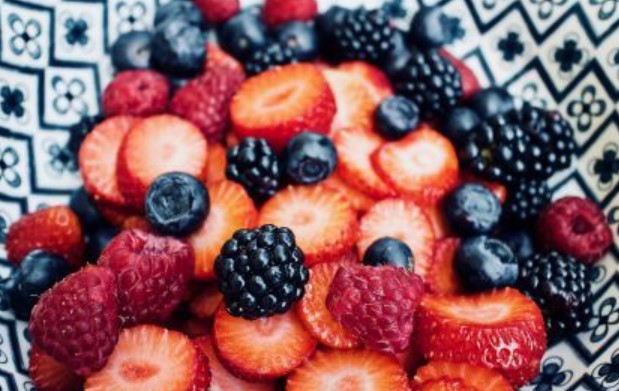

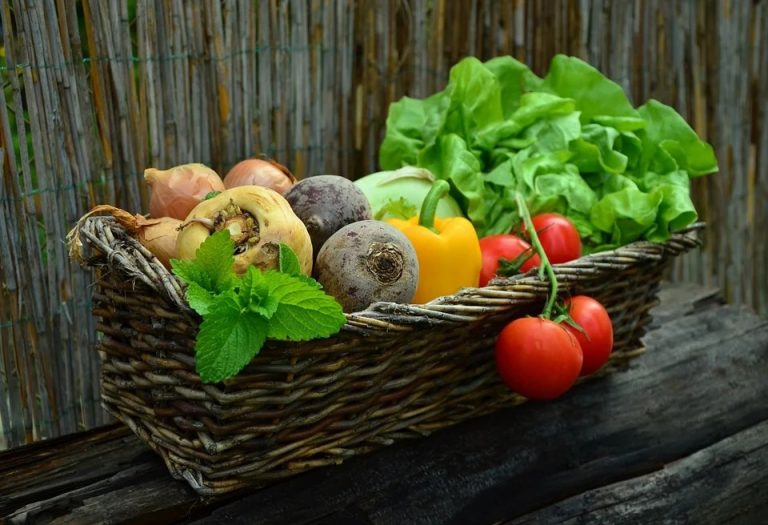


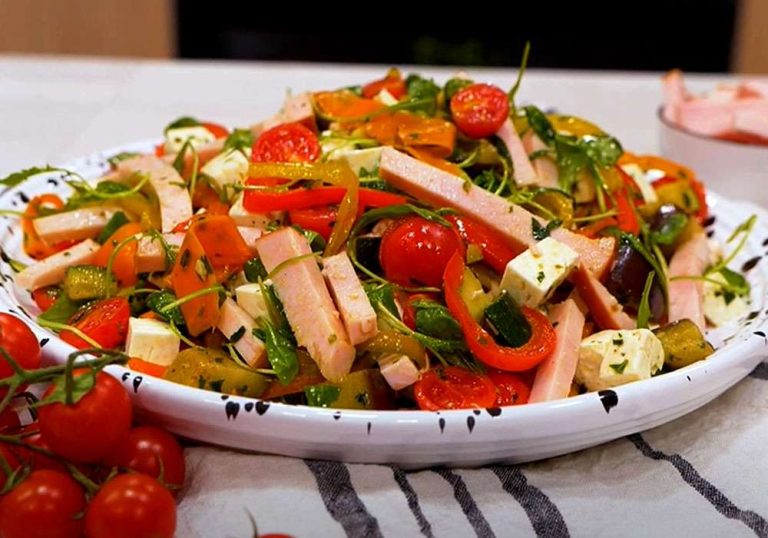
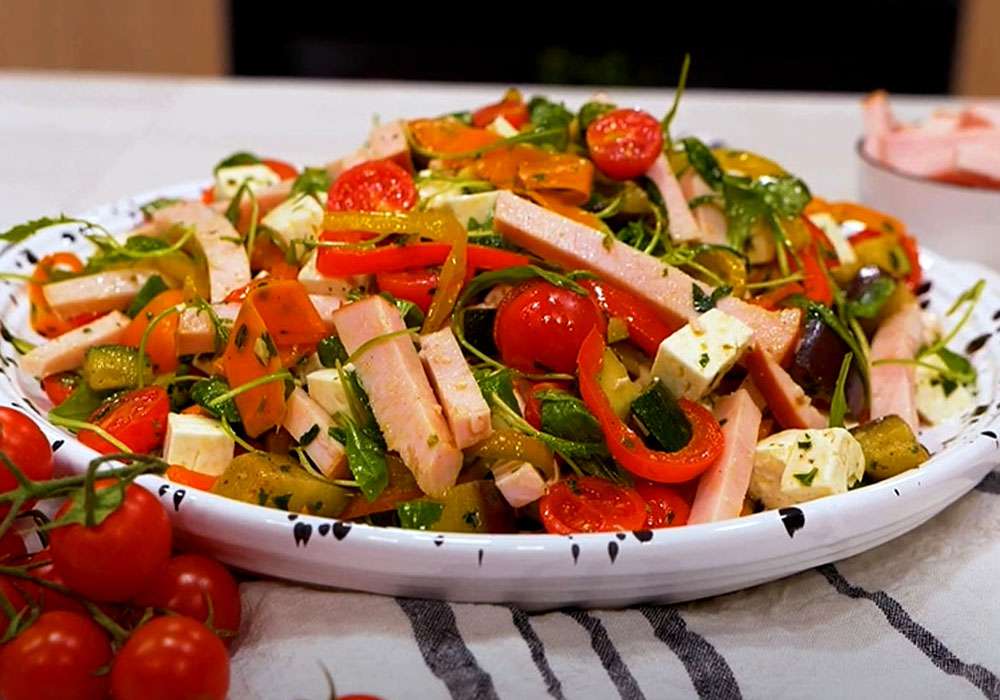

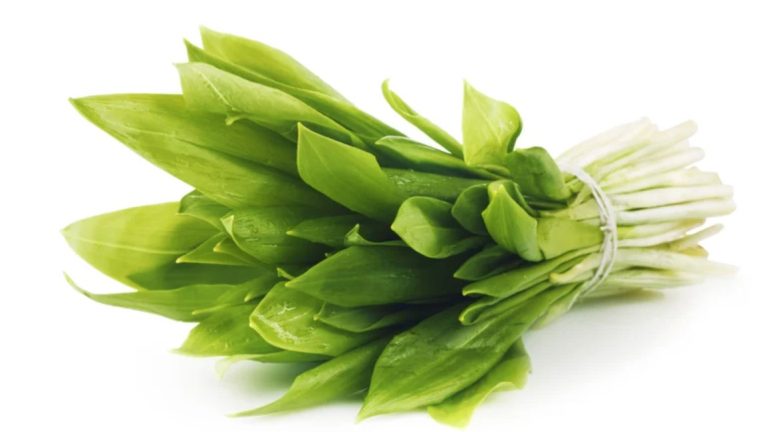
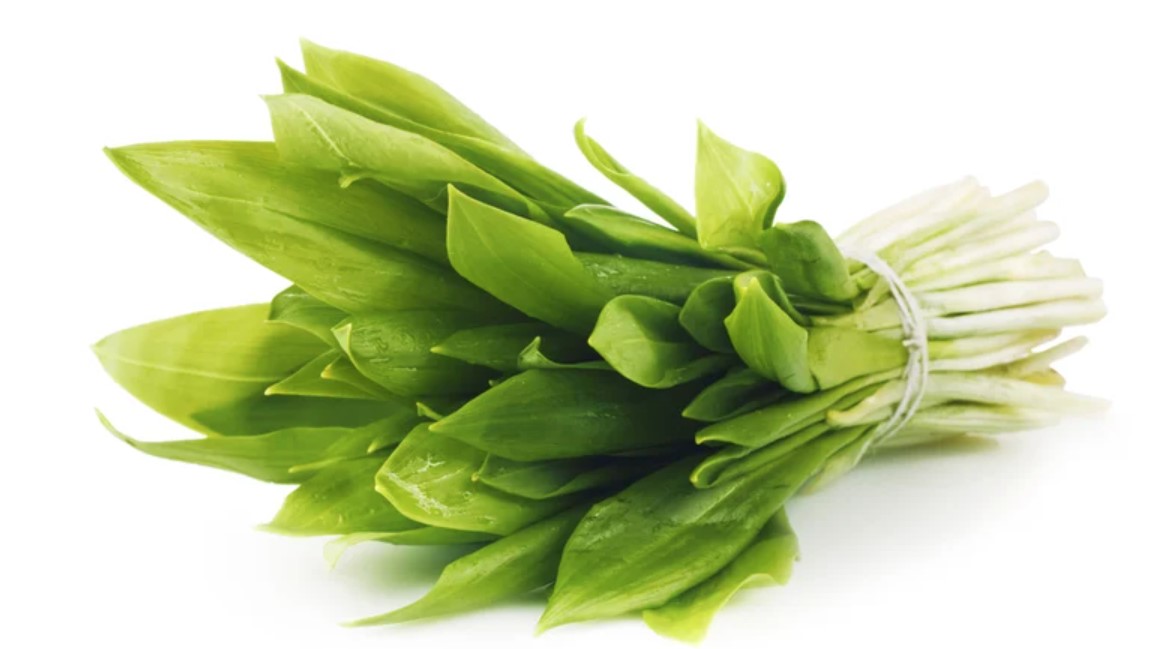

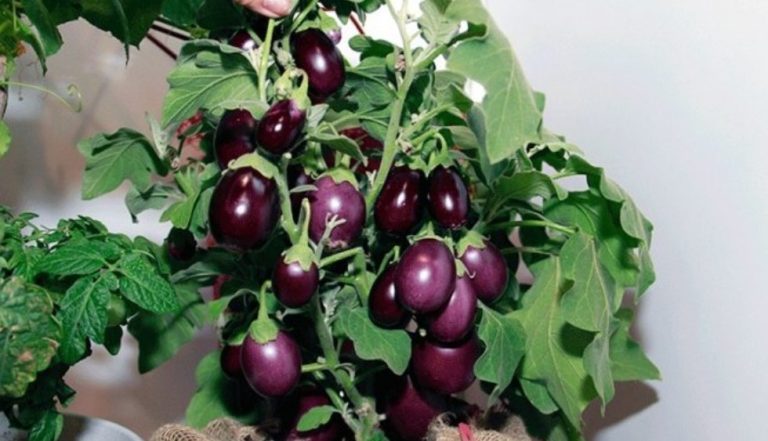


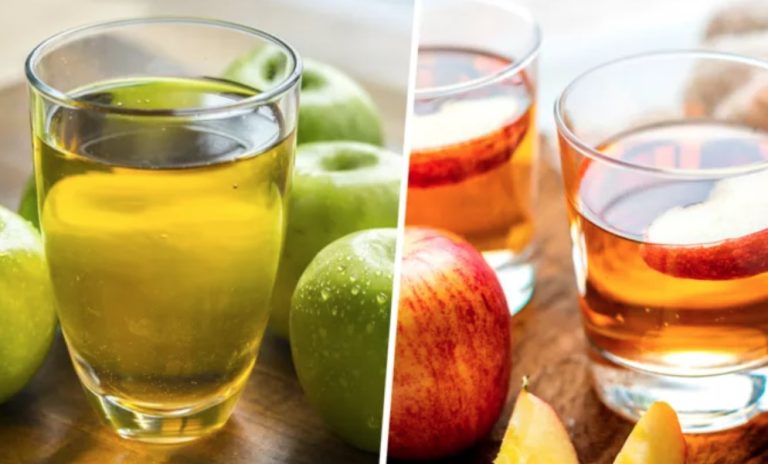
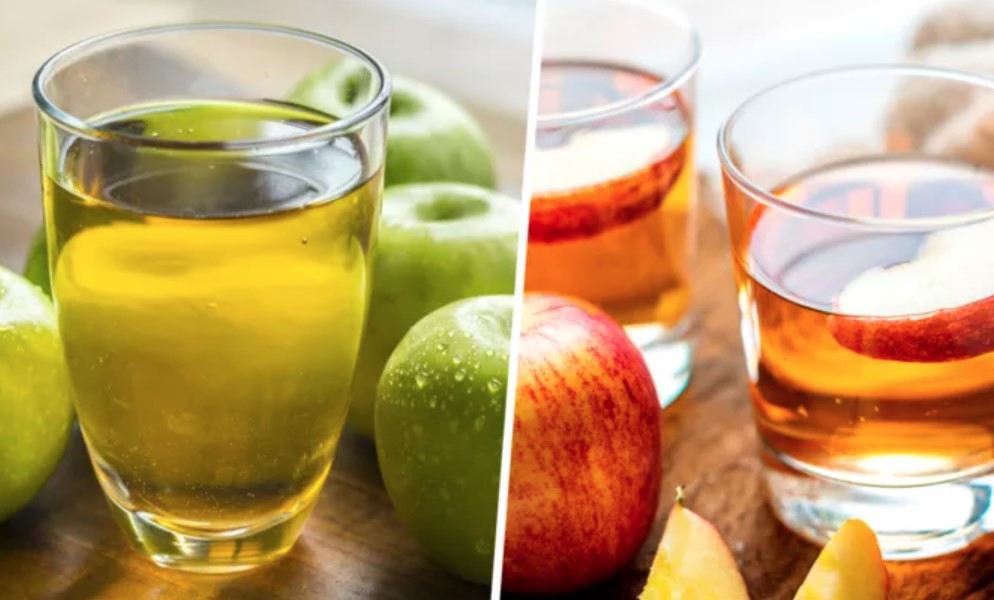

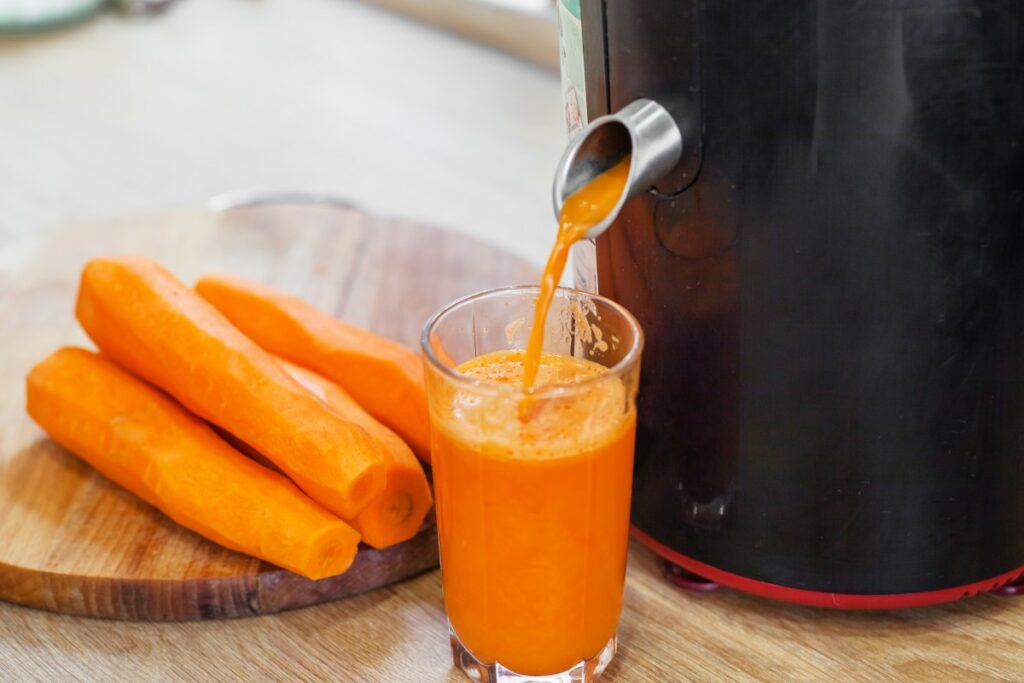


 If you’re reading this, I’m guessing you enjoy shopping, and who can blame you? If you’re anything like me, you’ve probably experienced what it’s like to be broke all the time. And you already work more than full-time. I know it’s not fair, but would shopping be as much fun if money wasn’t an issue? What, after all, can beat the feeling of finally having enough money to break your shopping fast? You know what I’m talking about when you get that cash in your hand and you know it’s time to go shopping! So, it’s time to break the shopping fast! I looked on the internet for other ways to make money. Some may sound strange, but they appear to work, at least for some.
If you’re reading this, I’m guessing you enjoy shopping, and who can blame you? If you’re anything like me, you’ve probably experienced what it’s like to be broke all the time. And you already work more than full-time. I know it’s not fair, but would shopping be as much fun if money wasn’t an issue? What, after all, can beat the feeling of finally having enough money to break your shopping fast? You know what I’m talking about when you get that cash in your hand and you know it’s time to go shopping! So, it’s time to break the shopping fast! I looked on the internet for other ways to make money. Some may sound strange, but they appear to work, at least for some.